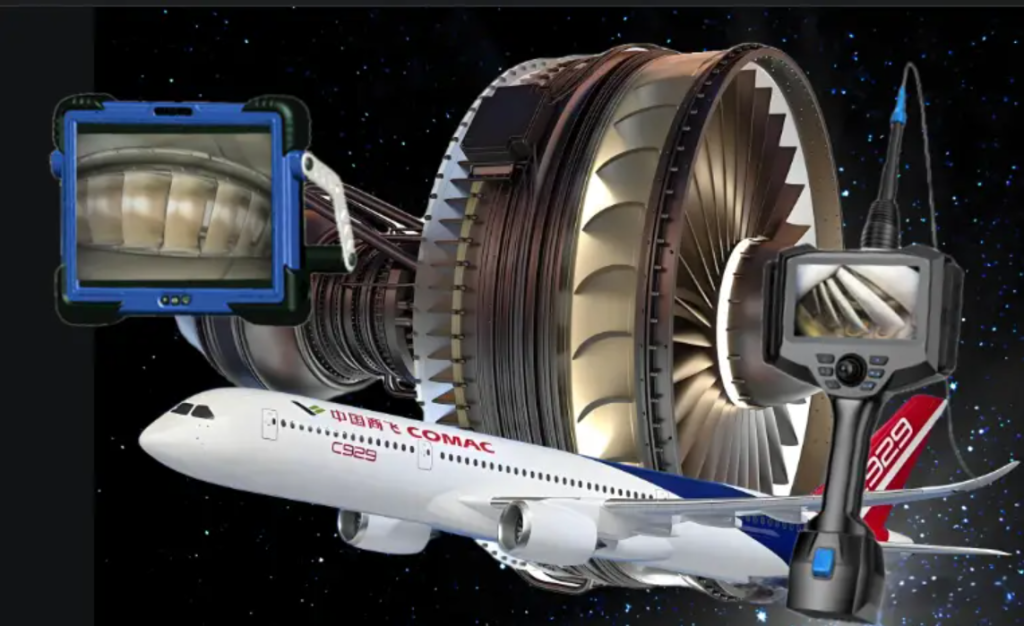Corrosion Resistance and Conductivity Enhancement of Nanotubes in Aerospace Coatings
Introduction to Nanotubes in Aerospace Coatings
Aerospace coatings are crucial for protecting aircraft and spacecraft from extreme environmental conditions such as high temperatures, UV radiation, and corrosion from elements like saltwater and moisture. Traditional coatings have limitations in durability and performance. The incorporation of carbon nanotubes (CNTs) in these coatings offers enhanced properties, particularly in terms of corrosion resistance and conductivity.

Carbon nanotubes are cylindrical structures composed of rolled-up graphene sheets. They are known for their extraordinary strength, thermal stability, and excellent electrical conductivity, which make them ideal candidates for improving aerospace coatings.
Corrosion Resistance: Mechanisms and Advantages
Corrosion is one of the major challenges in aerospace materials, significantly affecting the performance and maintenance costs of aircraft and spacecraft. CNTs enhance corrosion resistance through several mechanisms:
-
Barrier Properties: CNTs act as excellent barriers, reducing the permeability of coatings to moisture and corrosive agents. This helps to prevent corrosion by minimizing contact with the underlying metal or substrate.
-
Electrochemical Inhibition: CNTs can reduce the electrochemical reactions that cause corrosion. Their conductive properties distribute electrostatic charges more evenly, preventing localized corrosion.
-
Improved Adhesion: CNTs enhance the adhesion between the coating and the substrate, reducing the likelihood of delamination, which accelerates corrosion.
Applications Highlighting Corrosion Resistance
- Aircraft Fuselage: CNT-enhanced coatings provide protection against oxidation and degradation due to environmental exposure.
- Aerospace Components: Critical parts such as engine casings, landing gear, and control surfaces are protected by these coatings.
- Spacecraft Materials: Protection against space debris, UV radiation, and extreme temperature fluctuations is provided by CNT coatings.
Conductivity Enhancement: Mechanisms and Advantages
In addition to improving corrosion resistance, CNTs also enhance the electrical conductivity of coatings. This is particularly important for aerospace components that require electromagnetic shielding or anti-static properties. The conductivity improvements come from the following mechanisms:
-
Electrical Pathways: CNTs form conductive pathways within the coating, allowing efficient transfer of electrical charges across the surface. This helps to prevent electrostatic buildup and ensures better electrical performance.
-
Thermal Conductivity: CNTs also improve the thermal conductivity of coatings, beneficial for heat dissipation in high-temperature environments such as engine components.
-
Electromagnetic Interference (EMI) Shielding: CNTs effectively shield sensitive aerospace electronics from electromagnetic interference, ensuring reliable operation of avionics and communication systems.
Applications Highlighting Conductivity Enhancement
- Aerospace Electronics: Coatings for circuit boards and sensors, improving reliability and preventing signal interference.
- EMI Shielding: Protection for aircraft systems from electromagnetic waves, ensuring the integrity of sensitive components.
- Heat Management: Coatings designed for heat dissipation in high-temperature components like turbines and engines.
Challenges and Solutions
Despite the significant benefits of CNTs in aerospace coatings, some challenges exist:
-
Dispersion of CNTs: Achieving uniform dispersion within the coating material is difficult. Agglomeration of CNTs can reduce their effectiveness. To solve this, techniques such as ultrasonication and surfactant-assisted dispersion are used to improve distribution.
-
Cost and Scalability: The high cost of CNTs and the complexity of production can limit their use. Ongoing research aims to reduce manufacturing costs and scale up production.
-
Long-term Durability: While CNTs enhance the initial performance of coatings, their long-term durability under real-world conditions must be further evaluated. Factors like UV exposure, thermal cycling, and mechanical stress need to be considered.
Future Prospects and Research Directions
The integration of CNTs in aerospace coatings is still an evolving field. Some promising areas for future research include:
- Hybrid Coatings: Combining CNTs with other nanomaterials such as graphene or ceramic nanoparticles to achieve enhanced multi-functional coatings.
- Self-Healing Coatings: Incorporating self-healing mechanisms into CNT-reinforced coatings to repair microcracks and extend material lifespan.
- Advanced Manufacturing Techniques: Utilizing 3D printing and additive manufacturing to create customized CNT-reinforced coatings tailored to specific aerospace applications.
Conclusion
CNT-reinforced coatings are significantly improving the corrosion resistance and electrical conductivity of aerospace materials. These coatings protect critical aerospace structures from environmental degradation while enhancing the performance of sensitive electronics and improving heat dissipation. While challenges related to cost, dispersion, and long-term durability remain, ongoing advancements in CNT production and coating technologies are expected to further revolutionize the aerospace industry.

